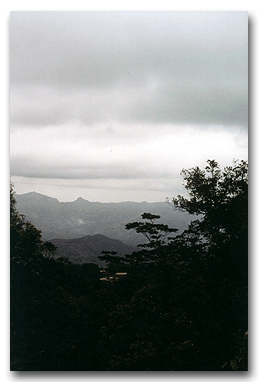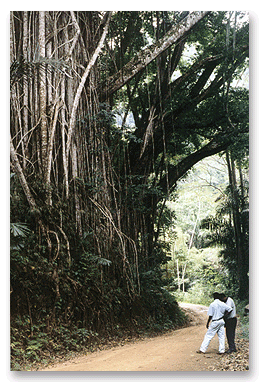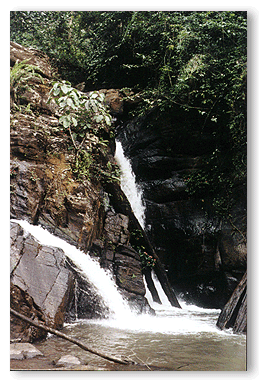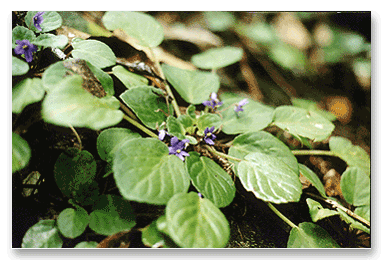|
|

  
Once you get intersted in botanical gardens, you can't resist visiting them where ever they happen to be. In October Mary Soderstrom had a chance to travel to East Africa where she spent several days in Tanzania's East Usambara mountains and the reminants of a botanical garden begun at Amani by German colonizers in the first years of the 20th century.
At that time Tanganyika was the centerpiece of German colonial aspirations in Africa. The Amani garden was set up to experiment with plants from all over the world to see what would thrive in the fertile hills. Today coffee, tea, cardamom, cinnamon and black pepper still grow, as do hundreds of other plants introduced from elsewhere such as eucalyptus and jacaaranda trees.
But the region also is home to many plants found nowhere else in the world in the wild--including the Saintpaulia, the ancestral African violet.
|
|
|
|
|
|
|
|
|
|
|
|





